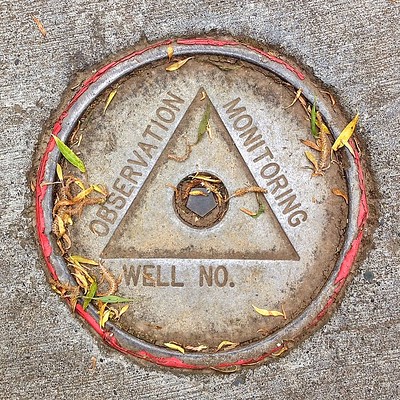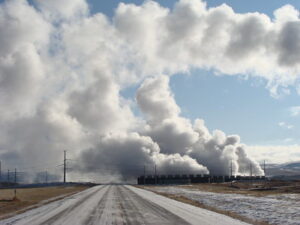Yesterday, the Michigan Department of Environment, Great Lakes and Energy awarded a $1M brownfield remediation grant to help remediate the long-vacant University Microfilms site at 300 N. Zeeb Road. Tests have revealed contamination from UMI’s production activities. Contaminants include solvents and metals commonly found in photographic production.
Washtenaw County has a number of other notable brownfield sites that remain unusable without significant (and expensive) remediation. Environmental cleanup of these sites is essential to return them to productive economic use.
Brownfield remediation, including PFAS cleanup, has gained a lot of attention lately. Michigan’s significant manufacturing activities have created a large number of brownfield sites. Remediation is expensive and requires trained, qualified personnel to restore contaminated sites. To be honest, brownfield remediation isn’t exactly a growth industry. It is a growing field (2%), but other fields grow faster.
The interesting thing about brownfield remediation is that the work is consistent, and the pay is pretty good. Environmental Engineering Technologists and Technicians can make about $60,000 per year, and these positions require an associate degree.
Remediation is another example of a high-wage job that a community college graduate could fill. It’s especially important to have trained remediation personnel on hand as the area rebuilds manufacturing capacity. Very few manufacturing operations are “clean.” Most generate some kind of industrial waste and/or contamination. Halting contamination at the source and at the time of creation can go a long way toward ensuring that contamination does not escape the facility, and that toxic and hazardous materials are properly contained and disposed of before they become hazardous to the community at large.
Demand for brownfield remediation services won’t decline
Brownfield remediation work takes a long time, requires extensive monitoring and testing, and can mean very steady employment. As the amount of developable land in cities and townships shrinks, the interest in remediating contaminated parcels will increase.
Some remediation projects are privately funded. Most involve local, state, and federal funding to address contaminants left behind by failed businesses or large-scale contamination events. The substantial governmental funding means that remediation projects will continue, even during recessions.
WCC should explore the creation of an Environmental Engineering Technician program to train workers who can remediate contaminated sites and return them to productive economic value.
Photo Credit: Bob Doran, via Flickr
















